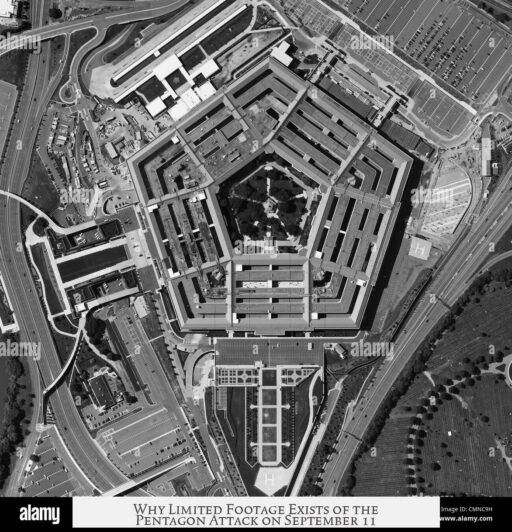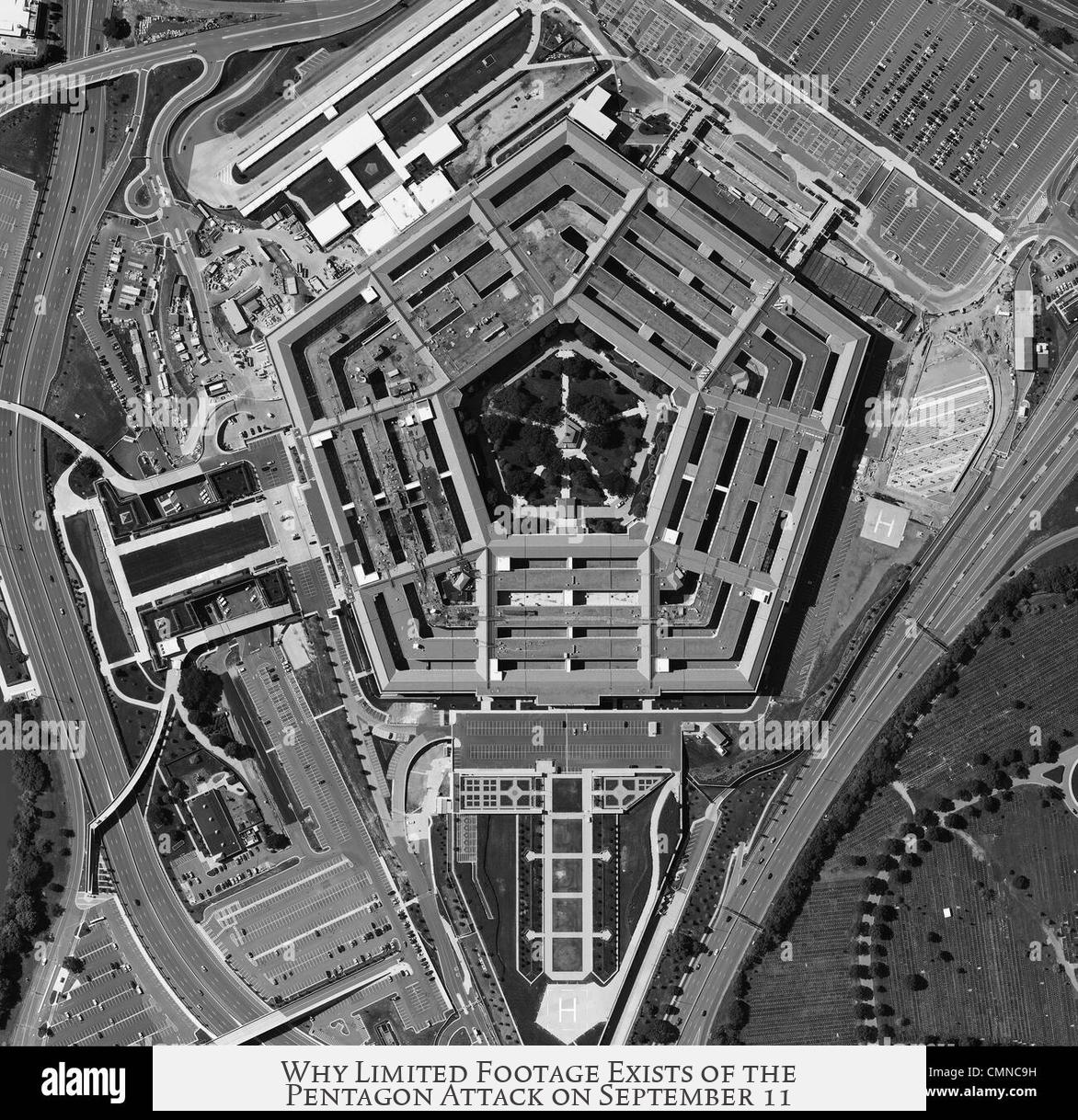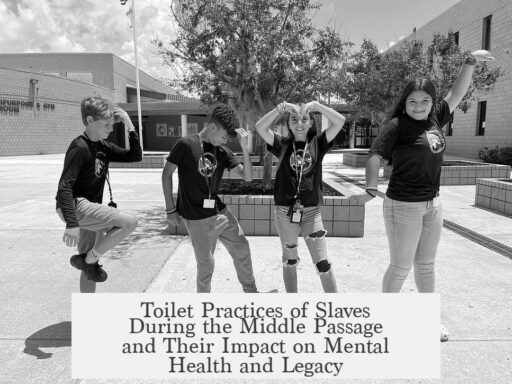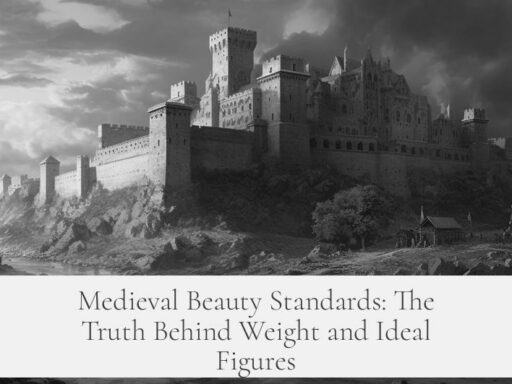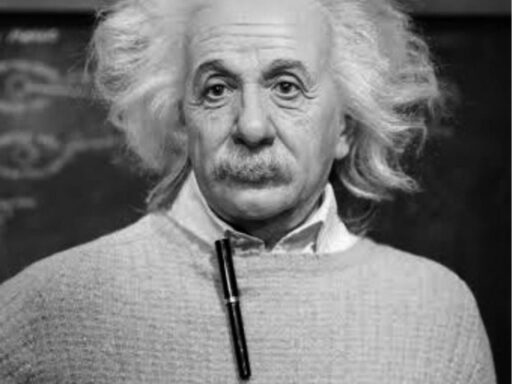The scarcity of footage showing the Pentagon being hit on September 11, 2001, results from several factors: the location’s environment, limited camera technology and angles, swift confiscation of recordings by authorities, and the nature of footage publicly released. Despite this, substantial evidence confirms that American Airlines Flight 77 struck the Pentagon.
First, the physical and contextual setting differed greatly between the Pentagon and the World Trade Center (WTC). The WTC stood in downtown Manhattan, a dense urban area where people often carry cameras or phones. Many videos of the plane impacts at the WTC were accidental, captured by people filming unrelated events who looked up just in time to record the crash. Additionally, the twin towers’ immense height offered clear sight lines from many angles across the city.
By contrast, the Pentagon is located in Arlington, Virginia, near rolling hills, the Arlington National Cemetery, and military clubs. These surroundings obscure views of the building. The Pentagon is also much shorter, reducing visibility from a distance. Few citizens are in the habit of filming activities in this high-security area, decreasing chances of accidental civilian recordings of the attack.
- The Pentagon was struck on its west/southwest corner, an even more obscured area due to terrain and landscaping.
- Nearby hills and structures block direct lines of sight to the crash site, unlike open urban streets in Manhattan.
Cameras at the Pentagon were primarily security installations. In 2001, such security cameras had low resolutions and narrow fields of view. Available footage typically comes from surveillance cameras, which on 9/11 recorded the event in short, blurry clips. Most videos last only a second or two and lack detail. Without context, footage is often unrecognizable; the Pentagonal shape or attack is not always evident.
The FBI reportedly confiscated around 80 surveillance recordings from cameras near the Pentagon soon after the attack. These recordings captured parts of the event but were not immediately released in full. Many remain classified or withheld, limiting public access to multiple perspectives or clearer video. This swift collection curtailed the widespread dissemination of Pentagon footage.
In 2006, the Bush administration publicly released some security footage showing American Airlines Flight 77 crashing into the building. The clip is brief and lacks clarity but visually confirms the plane’s impact. This release came only after public records requests, emphasizing the limited availability of official Pentagon crash videos.
The restricted and poor-quality footage has sparked conspiracy theories. Some claim no plane hit the Pentagon, citing blurred videos or altered clips circulating online. Others speculate about missiles or other explanations. These theories misunderstand or ignore robust evidence:
- Physical debris from the airplane was recovered at the crash site and documented in FBI and Navy archival photos.
- Eyewitnesses—thousands gathered immediately after the crash—report seeing the American Airlines plane approach and strike the Pentagon.
- The 9/11 Commission Report details and verifies the event timeline and impact analysis.
Overall, the limited visual record of the Pentagon crash stems from the restricted filming environment, low-quality and limited-angle security cameras, quick governmental control of footage, and sensitive nature of the military facility. This contrasts sharply with the World Trade Center’s urban setting and accidental civilian filming that captured its dramatic attacks in more detail.
| Factor | Effect on Pentagon Footage Availability |
|---|---|
| Location and Surroundings | Hill terrain and military sites limit clear sight lines. |
| Camera Type and Quality | Security cameras were low resolution and offered brief views. |
| Capture and Release | Many videos were confiscated by FBI and only select footage was released. |
| Urban Density | Few civilians filmed near the Pentagon; much filming at WTC was accidental. |
Key takeaways:
- The Pentagon’s location and terrain reduce opportunities to capture clear videos.
- Security cameras from 2001 provided short, blurry clips rather than detailed footage.
- Authorities confiscated much footage quickly, limiting public availability.
- Some official footage was released years later, confirming the plane crash.
- Physical evidence and eyewitness statements support the plane impact despite limited video.
- Conspiracy theories arise mainly from scarce video quality and limited public footage.
Why is there so little video footage of the Pentagon crash on 9/11 compared to the World Trade Center?
The Pentagon is surrounded by rolling hills and landmarks like a cemetery and country club, limiting where people can film. Unlike downtown Manhattan, fewer people capture random events near the Pentagon.
Was there any security camera footage of the Pentagon attack?
Yes, some low-resolution security cameras caught the plane hitting the Pentagon. However, the footage is brief and blurry, making the crash hard to recognize without context.
Why wasn’t more footage of the Pentagon crash released to the public?
Many camera recordings were taken by the FBI after the attack and not all were made public immediately. Some footage was only released years later after public requests.
Do conspiracy theories about the Pentagon footage have any basis?
Blurred and scarce videos have led to false claims that no plane hit the Pentagon. However, eyewitness accounts, released footage, and debris photos confirm the plane crash was real.
How does the Pentagon’s structure affect video coverage of the crash?
The Pentagon’s lower height and location behind hills reduce clear sight lines. This contrasts with the very tall World Trade Center in an open urban area, where more people filmed the attacks.
Could technology at the time explain the poor quality of Pentagon footage?
In 2001, security cameras had low resolution compared to handheld devices. This limited how clearly the crash could be recorded and seen in the known footage.
